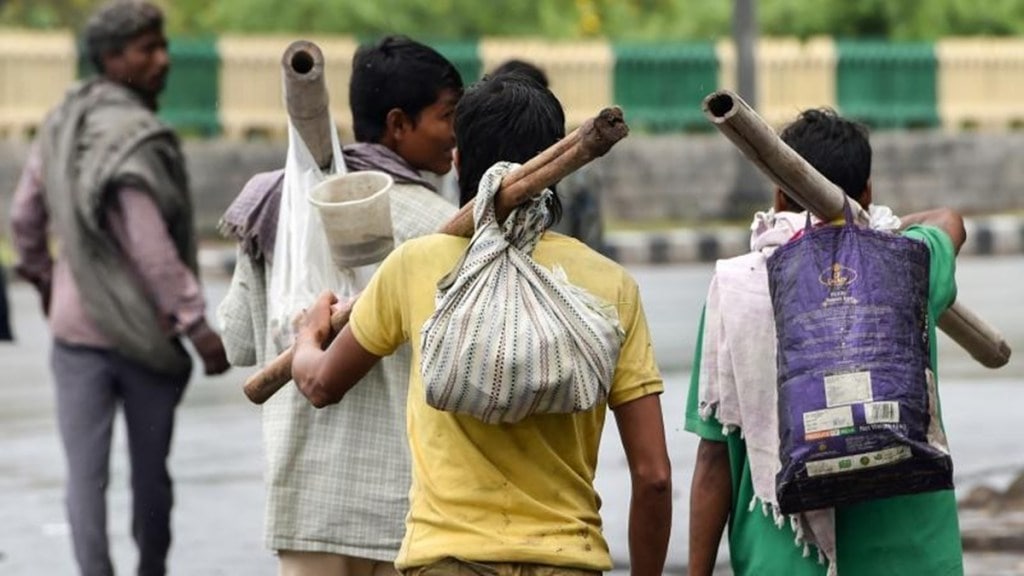L&T Chairman SN Subrahmanyan’s angst that labourers are unwilling to work or relocate for jobs due to the availability of government welfare schemes and a preference for comfort is understandable as he was merely articulating the feelings of a lot of his peers in corporate India. Subrahmanyan may in fact feel vindicated as even the country’s apex court has come down heavily on governments and political parties announcing freebies ahead of elections, and said it is disincentivising people from working and, in states like Maharashtra, drying up the labour force. Even the most sympathetic observers would agree that the dividing line between freebies and welfare scheme is getting blurred by the day.
With L&T employing around 400,000 labourers, Subrahmanyan obviously knows what he is talking about. In any case, this is not the first time he is raising the labour shortage issue. Industry players say that the construction sector never fully recovered from the exodus of migrant workers during Covid; many didn’t return, and those who did were not equipped with the required skill sets. Extreme weather conditions, especially in north India last year, further aggravated the situation.
So the point is that welfare schemes or freebies alone are not the reason for this reluctance of workers to relocate. Periodic Labour Force Survey data shows the share of workers in manufacturing has come down to 11.4% from the pre-pandemic level of 12.1%. And, the share of people in agriculture has increased to 46.1% from 42.5% during the same period. Experts have pointed out that the reverse migration from industrial states during the pandemic led to a proliferation of nearly 60 million people in agriculture. Successive policy shocks like demonetisation and lockdown reinforced a reversal of the structural transformation that India’s economy was undergoing, where people were moving out of agriculture to manufacturing.
The real elephant in the room is skilling or the lack of it. According to a report from consulting firm Knight Frank, over 80% of the workforce in the construction sector, which is the second largest employment generator, is unskilled. This is at the root of the problem. A study conducted by the National Skill Development Corporation revealed a significant gap between the demand and supply of skilled workers in India. The study pegged the demand for skilled workers at an astonishing 103 million, while the current supply stands at just 74 million. This imbalance underscores a pressing need for focused efforts in skilling and training across various sectors in the country.
Some large companies like L&T are trying to counter the problem through extensive skill training facilities and housing scheme for migrant workers. But isolated endeavours are not going to solve the systemic problem. There is an urgent need to create policies and support systems to encourage labour mobility across regions. Investing in vocational training programmes to equip the workforce with the necessary skills for emerging industries and partnerships between educational institutions and companies to align curriculum with industry needs is yet another yawning gap. Industry should also focus on the lack of support systems for migrant labourers in the urban and peri-urban areas where construction is concentrated. Labourers need safety nets. While the Union Budget has taken some steps such as the establishment of five National Centres of Excellence for Skilling, they don’t signal the urgency that is required to impart skill education to a large section of the young population.

